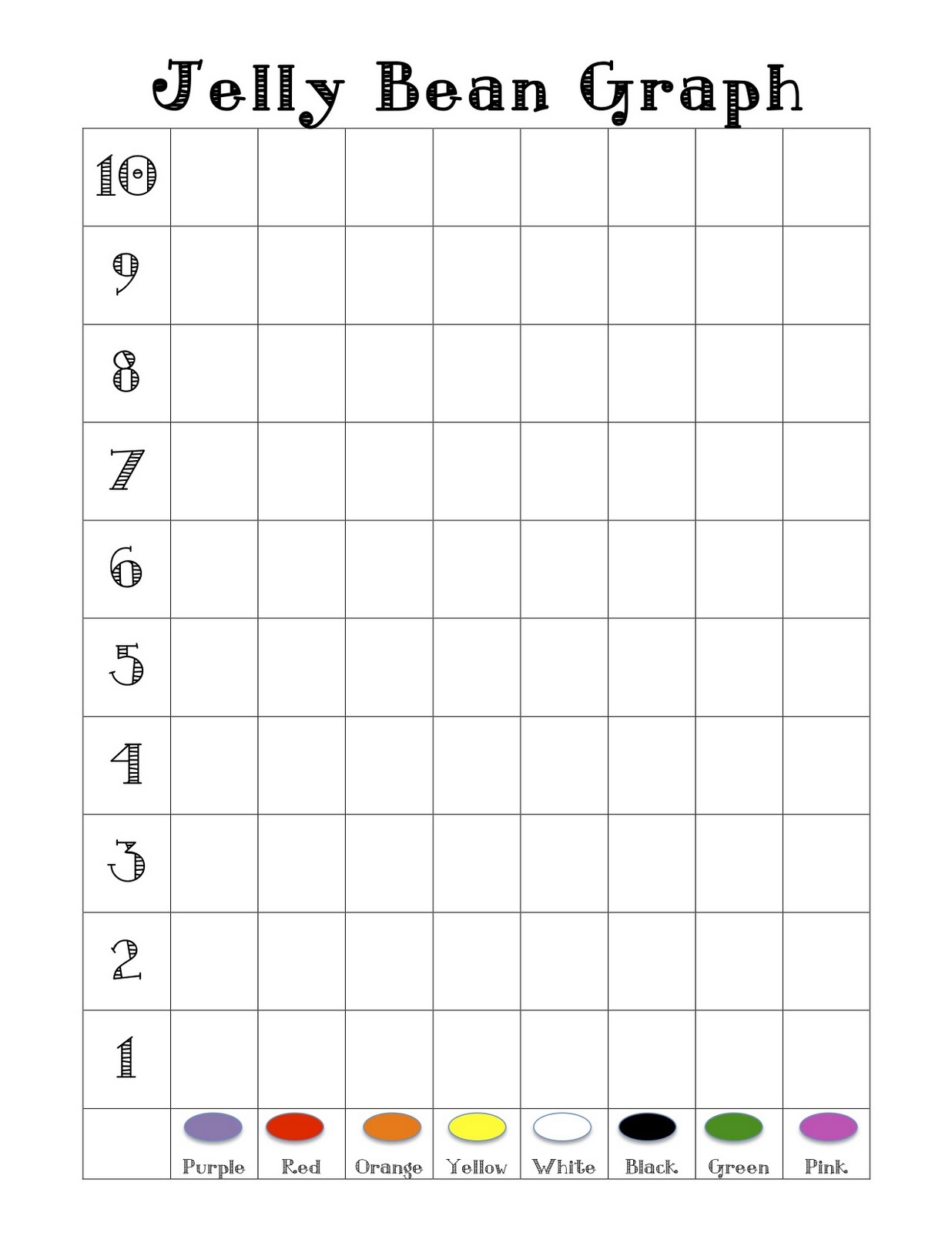


After one minute, the Timer calls "STOP!" All predators stop hunting and participants gather with their group outside the habitat. Predators turn around, enter the territory, and collect as many prey as possible-while following the rules. The designated Timer then spreads the initial 400 prey beans randomly around the habitat, and then calls "GO!" Ideally, participants should play at least three rounds before examining the final results.īegin with predators gathered, standing with their backs to the habitat. After the first round, calculations are done, adjustments made, and subsequent rounds are played. Step 3: Prey groups are adjusted for size, representing the relative survival rate of each prey typeĮach one-minute round of play represents one reproductive generation for both predators and prey. Step 2: Predator groups are adjusted for size, representing the relative success of each predator type Step 1: Predators hunt their prey, and data from the hunt is collected All predators must stop hunting as soon as time is called (when the Timer calls “STOP!”) prey that is in the mouth, but not yet in the stomach, must be dropped. All predators must stay outside the habitat until the hunt begins (when the Timer calls “GO!”) Prey may be captured from another predator’s mouth, but not from another predator’s stomach.į. Prey may not be scraped or shoved into the stomach-cup the cup must never touch the ground.Į. Captured prey must be placed into the stomach-cup to count.ĭ. Only the assigned “mouth” can be used to capture prey.Ĭ. Randomly assign each predator group a type of “mouth.” For instance, one group might use their dominant hand (one hand only) others might use forks, knives, spoons, or chopsticks. You’ll also need one person to keep time (the Timer), and one or more individuals to set up and adjust the bean numbers over the generations, record the data, and enforce the rules. The data grid of a sample game is shown below.ĭivide participants into three or more equal-sized predator groups (five or six people per group is optimal, but other sizes will work). Using a marker, make grids on your butcher paper or flip chart so you can keep track of at least three generations of data. You can also designate existing landmarks, such as trees or sidewalks, to mark the boundaries of the habitat.Ĭount out 100 of each of the four different-colored beans and place them into a container. Be careful not to use any materials that could potentially trip or injure someone. Mark off a zone about 15 x 15 feet (5 x 5 meters) square to serve as a habitat.


 0 kommentar(er)
0 kommentar(er)
